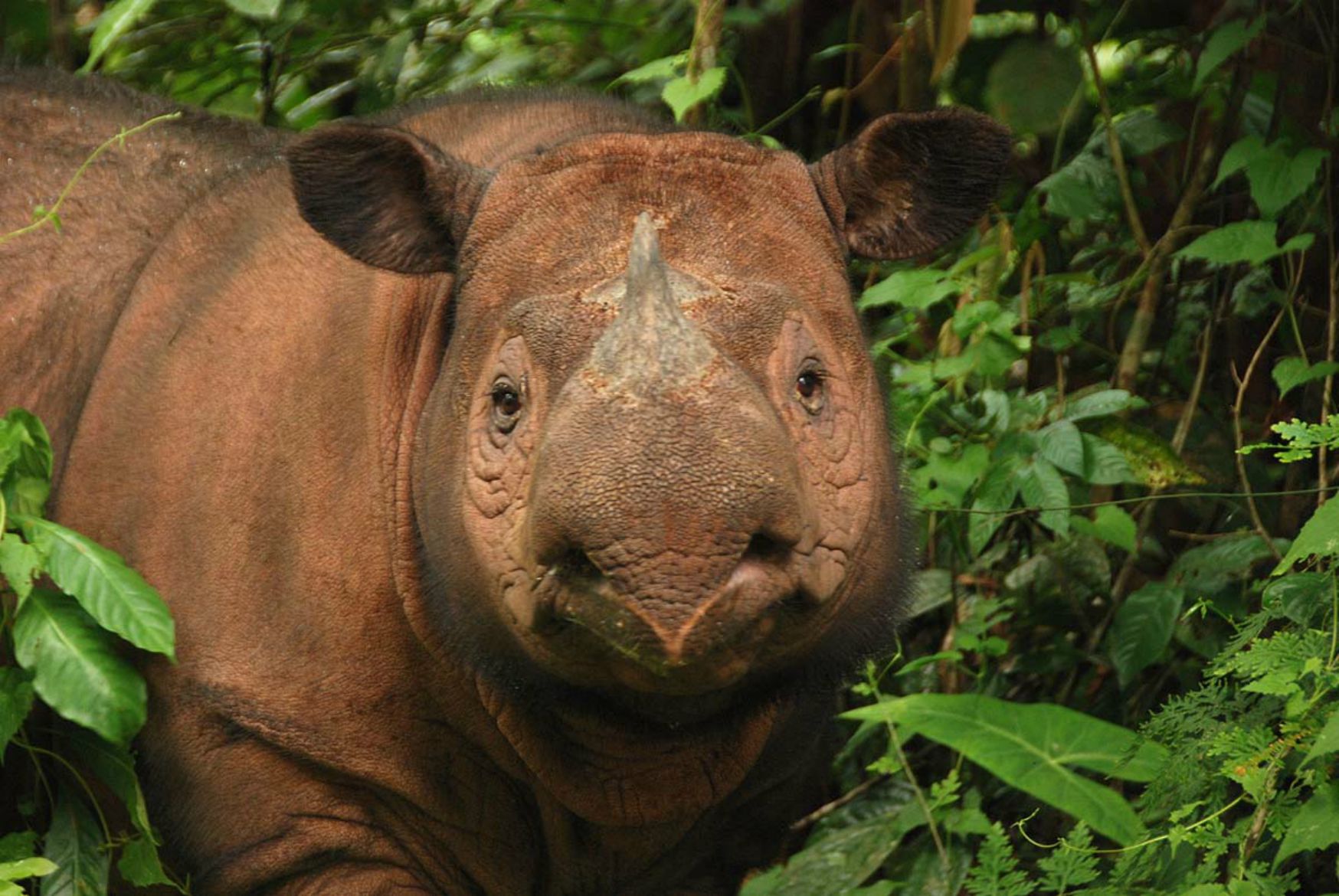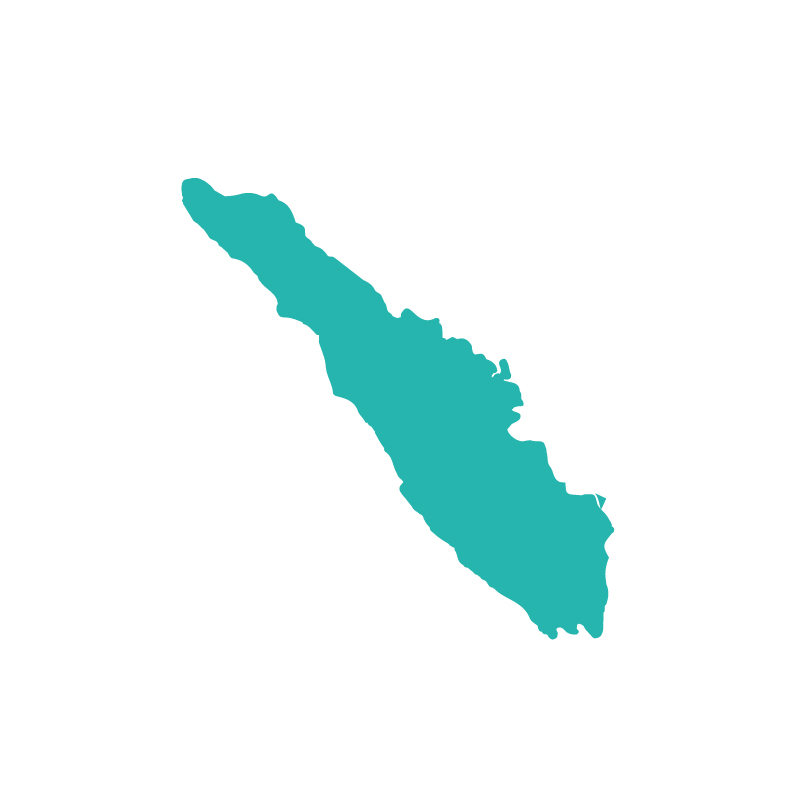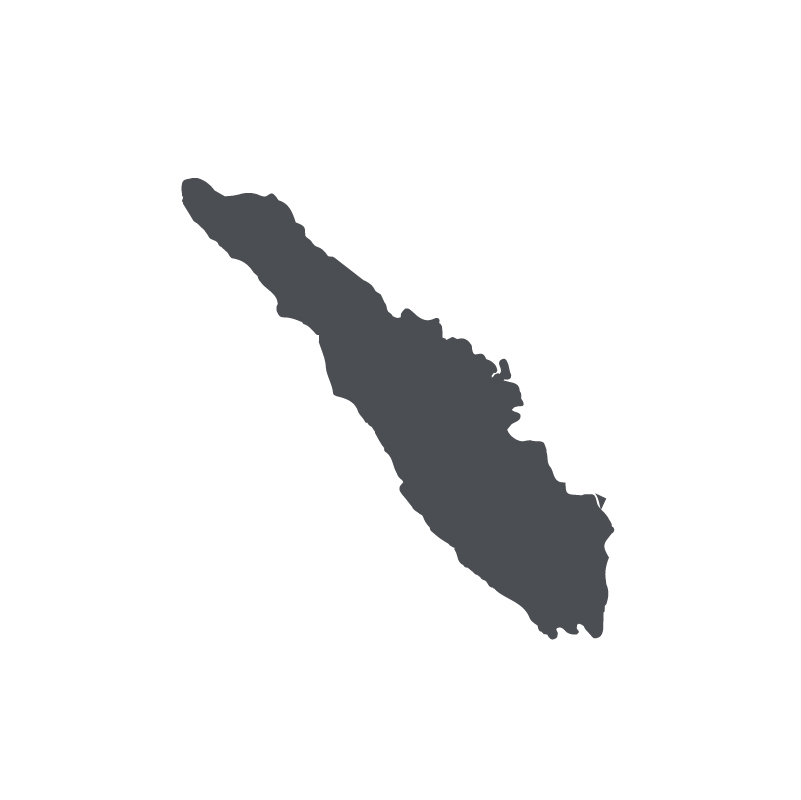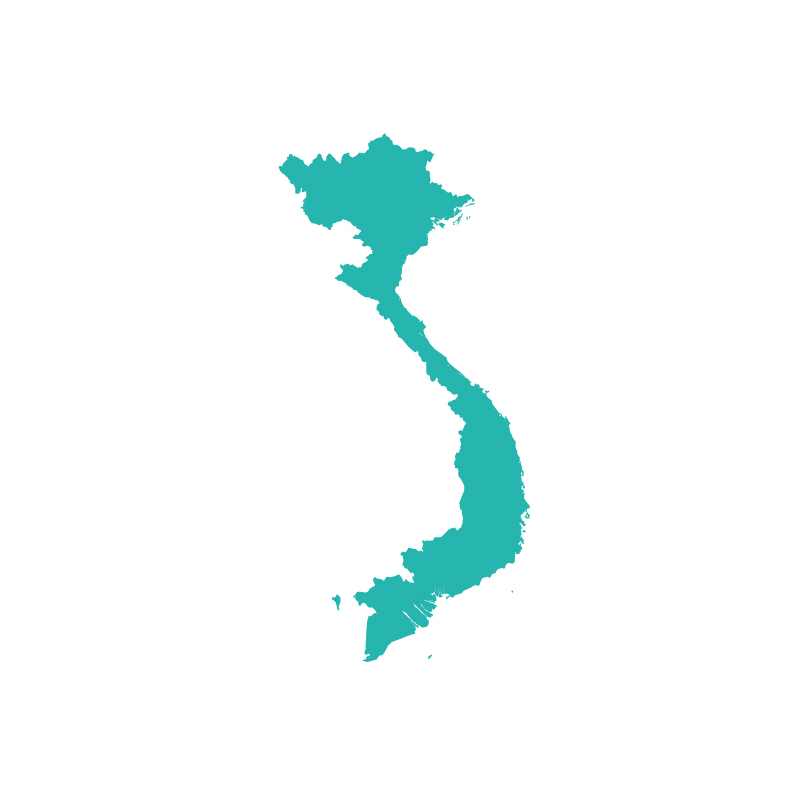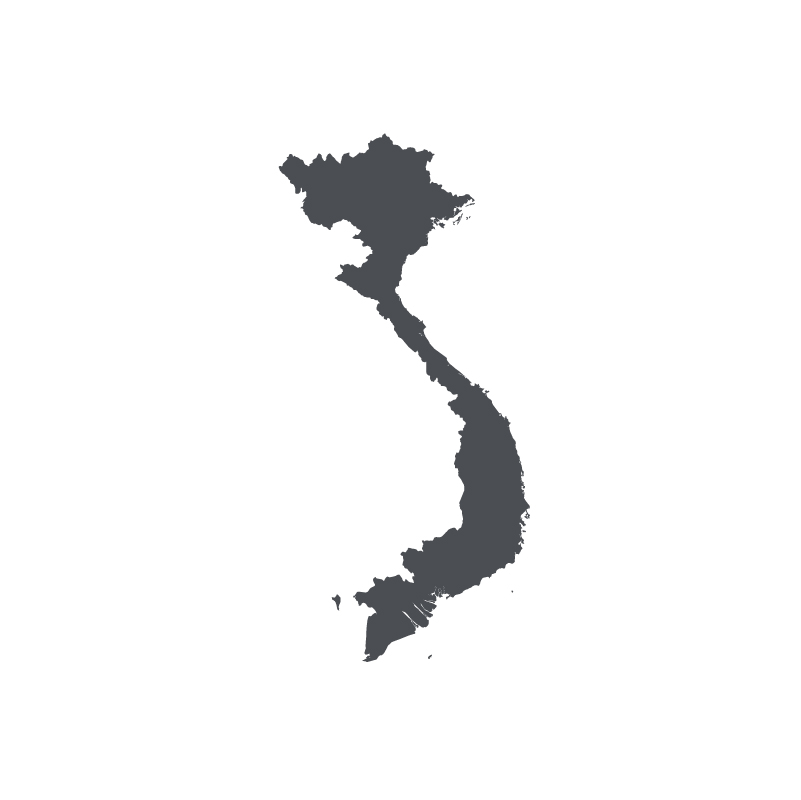IRF works with several local partners in Indonesia to increase the population of Sumatran rhinos.
- Yayasan Badak Indonesia (Rhino Foundation of Indonesia or YABI),
- Aliansi Lestari Rimba Terpadu (the Alliance of Integrated Forest Conservation or ALeRT),
- Forum Konservasi Leuser (Leuser Conservation Forum or FKL),
- and the Indonesian Rhino Initiative (IRI).
Working alongside these dedicated Indonesian NGOs, we strive to increase the population of Sumatran rhinos by monitoring and protecting rhinos and their habitats through Rhino and Wildlife Protection Units, investigating and preventing wildlife crime, breeding the species at the Sumatran Rhino Sanctuary, and working with local communities to replant rhino habitat and build support for conservation.
Fewer than 80 Sumatran rhinos survive in small populations in Indonesia’s Gunung Leuser and Way Kambas National Parks (both located on the island of Sumatra) and a few isolated animals inhabit central Kalimantan. While the government’s official estimate is fewer than 80 individuals, a recent joint report from Asian Rhino Specialist Group (AsRSG), African Rhino Specialist Group and TRAFFIC estimated the Sumatran Rhino population at 34-47, based on internal assessment carried out by AsRSG through its members. This population estimate would indicate an annual decline of 13% between 2017-2021. Because so few Sumatran rhinos remain, and because those few surviving animals have increasingly moved into more remote areas to avoid human disturbance, it is extremely difficult to track Sumatran rhinos and to accurately estimate the population. This lack of data further complicates efforts to protect and conserve the species.
Living in fragmented rainforest habitats makes it difficult for breeding-age animals to encounter one another. And, as in other rhino species, reproductive problems usually ensue if females do not become pregnant. The Government of Indonesia and rhino experts from around the world have agreed that the only way to bring the Sumatran rhino back from the brink of extinction is to consolidate the widely dispersed, fragmented wild populations into managed breeding facilities under an emergency action plan.
On September 30, 2023, the Government of Indonesia announced the birth of a female Sumatran rhino at the SRS. This is the third calf for parents Ratu and Andalas and the fourth birth at the SRS.
Rhino Operations in Sumatra
Sumatran Rhino Sanctuary
In 1996, the International Rhino Foundation (IRF) built the 250-acre Sumatran Rhino Sanctuary in partnership with local NGO Yayasan Badak Indonesia (YABI), who currently manages the SRS, the Indonesian Ministry of Environment and Forestry, Way Kambas National Park and Taman Safari International. Located in the heart of Way Kambas National Park on the island of Sumatra, the SRS is home to the only reproductively viable captive Sumatran rhinos in the world. The facility’s eight resident rhinos reside in large, natural rainforest habitats and receive state-of-the-art veterinary care and nutrition. This tiny population is the core of an intensively managed breeding and research program that is intended to promote the species’ population growth while also generating a genetically diverse “founder” group that could be used as a source for animals to repopulate the National Parks. The goal of this program is to increase our knowledge about the ecology and behavior of the species while also supporting the population in the wild.
Rhino Protection Units and Wildlife Protection Teams
Facing habitat loss, encroachment by humans, and poaching for their horns, something had to be done to protect Indonesia’s two species of rhinos (Javan and Sumatran) from disappearing. On August 31, 1995, the line was drawn and the first Rhino Protection Units were formed to guard rhinos and other wildlife from poaching threats.
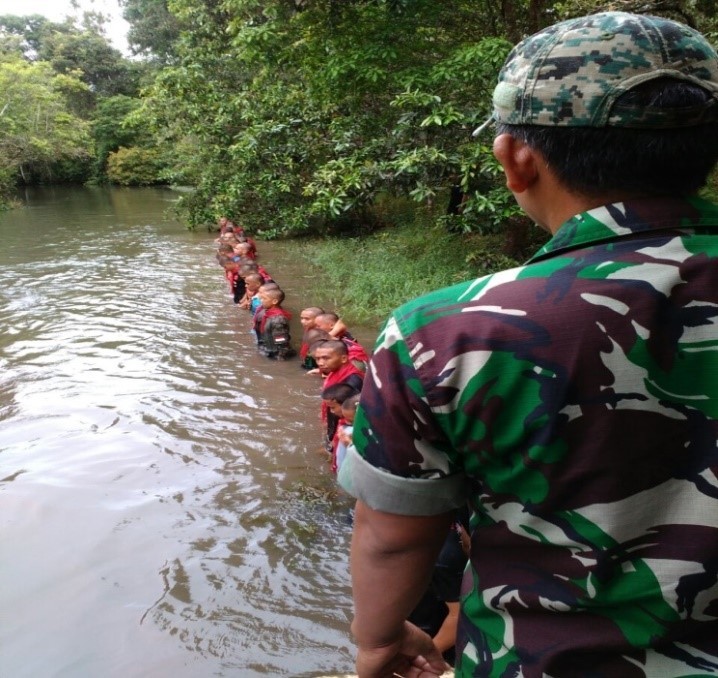
Rhino Protection Units (RPUs) and Wildlife Protection Teams (WPTs) are highly trained four-person units that patrol key areas of rhino habitat in protected areas. IRF’s on-the-ground partners, the Rhino Foundation of Indonesia (Yayasan Badak Indonesia or YABI) and Forum Konservasi Leuser (FKL), operate the RPU and WPT programs.
Members are recruited from local communities and even today, there are many applications for any opening. “To work with the RPU is not easy,” said Bahara, a 25-year RPU member. “Many people want to join but not everyone can.”
Recruits undergo a rigorous selection process that includes running, swimming, hiking, and other physical activities. That is followed by an intensive training course that includes classroom instruction, field exercises, and law enforcement practices.
RPUs and WPTs don’t just patrol for poachers. They also perform vital monitoring activities, documenting rhino tracks or other signs encountered and any human disturbance to habitat encountered. They remove snares and other dangers to wildlife encountered on their treks. Evidence is collected for any arrests made and perpetrators are transported to the national park’s headquarters for further processing by civil investigators.
RPUs patrol an estimated 18,000 km in Way Kambas National Park per year (about three times as long as the Amazon River!). In 2021, they identified 86 cases of illegal activities, removed wildlife snares and traps and worked with National Park authorities to deter poachers and encroachers.
Habitat Management
Way Kambas National Park is also the only protected area in Indonesia with no buffer zone – villages surround the park on all sides, and human settlements have frequently encroached into the park, destroying the habitat that rhinos and other wildlife need to survive. Sadly, around one-third of the rhinos’ rainforest habitat has already been lost to human encroachment. Park management successfully and peacefully moved around 5,000 families from within the park boundaries nearly ten years ago, but the land they cleared for illegal farming remains degraded and unsuitable for rhinos and other species. Working with the park and local communities, we are now replanting this degraded land – which is right next to the prime rhino, tiger and elephant habitat within the park – to create more habitat for the elusive Sumatran rhino and other endangered wildlife.
The pilot program (which launched across two sites in 2018) has been successful. IRF collaborates with YABI, IRI, Way Kambas National Park and local communities and farmer groups to expand critical habitat for Sumatran rhinos. To date, we have planted 50 hectares (or 124 acres) at two sites (about three quarters the size of Disneyland).
Because rainforest species grow so quickly, the replanted forest should be mature enough for rhinos within just four or five years – and our experience elsewhere has shown us that rhinos are experts at quickly finding and taking advantage of new habitats. By planting trees in the park today, we help ensure that rhinos will have a home to move into – and that the population will be able to grow.

